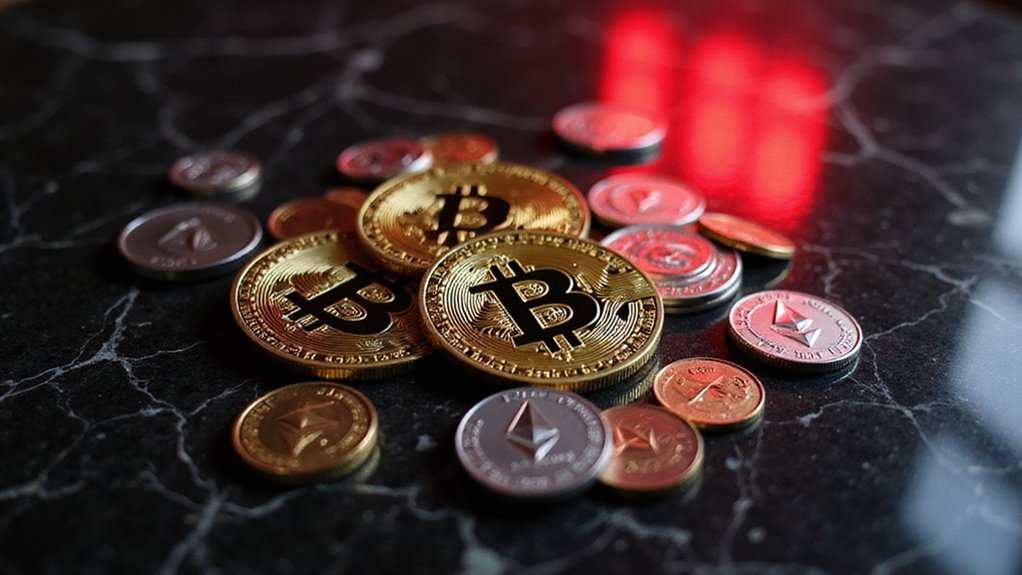Twenty-one million—a number that has achieved almost mystical status in the cryptocurrency world, representing not just Bitcoin’s maximum supply but the philosophical foundation upon which the entire digital asset ecosystem rests. Yet beneath this seemingly immutable ceiling lies a question that could shake the very foundations of digital finance: what happens if consensus ever emerges to alter this sacred figure?
Satoshi Nakamoto’s decision to cap Bitcoin at precisely 21 million units wasn’t arbitrary theater—it was economic engineering designed to create digital scarcity that mirrors precious metals while providing a hedge against fiat currency debasement. This “hard cap” functions through an elegant mechanism of halving events occurring approximately every four years, systematically reducing mining rewards by 50% until the final satoshi emerges around 2140.
Bitcoin’s 21 million cap represents deliberate economic architecture, not chance—creating programmed scarcity that systematically deflates supply through predictable halving cycles.
The enforcement of this limit relies not on governmental decree or corporate boardroom decisions, but on something far more complex: distributed consensus among thousands of network participants who have powerful incentives to maintain the status quo. Changing the 21 million cap would require a network-wide hard fork—a prospect that most industry observers consider practically impossible given the economic motivations at play.
However, the theoretical possibility remains, and recent comments from institutional players like BlackRock acknowledging that no absolute guarantees exist regarding the supply cap’s permanence have introduced unsettling questions into previously settled conversations. The mere suggestion that Bitcoin’s fundamental scarcity could be altered strikes at the heart of its value proposition as “digital gold.”
Should such a change ever materialize, the economic ramifications would likely cascade through global financial markets with unprecedented force. Bitcoin’s attraction to institutional investors stems largely from its predictable monetary policy—a characteristic that distinguishes it from fiat currencies subject to central bank whims. Even lost coins contribute to Bitcoin’s deflationary nature by permanently reducing the circulating supply below the theoretical maximum.
Altering this foundation would undermine the deflationary dynamics that drive long-term holding strategies and challenge Bitcoin’s role in monetary planning models. The irony is palpable: an asset designed to eliminate monetary uncertainty could theoretically become the source of it, transforming from inflation hedge to inflation catalyst should consensus ever shift toward expanding supply. As mining rewards continue to decline through successive halvings, some economists worry that the network’s reliance on transaction fees alone may eventually compromise the security mechanisms that make Bitcoin trustworthy. While newer blockchain projects like those claiming instant token swaps and alternative consensus mechanisms attempt to address scalability concerns, Bitcoin’s conservative approach to monetary policy remains its defining characteristic.









